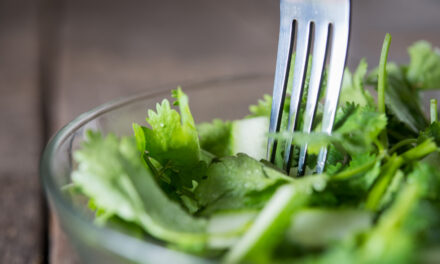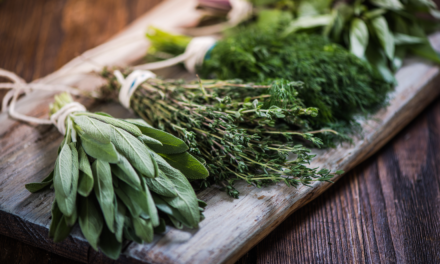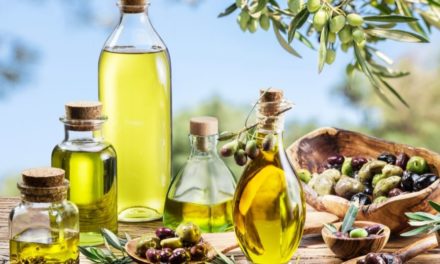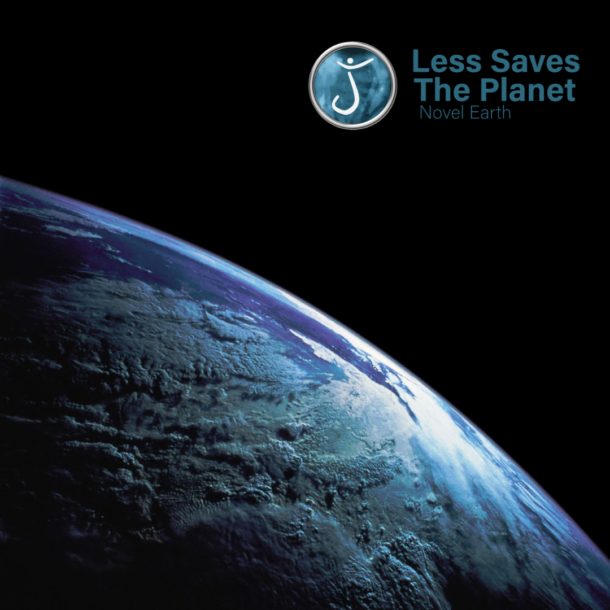
ALL ABOUT CAULIFLOWER
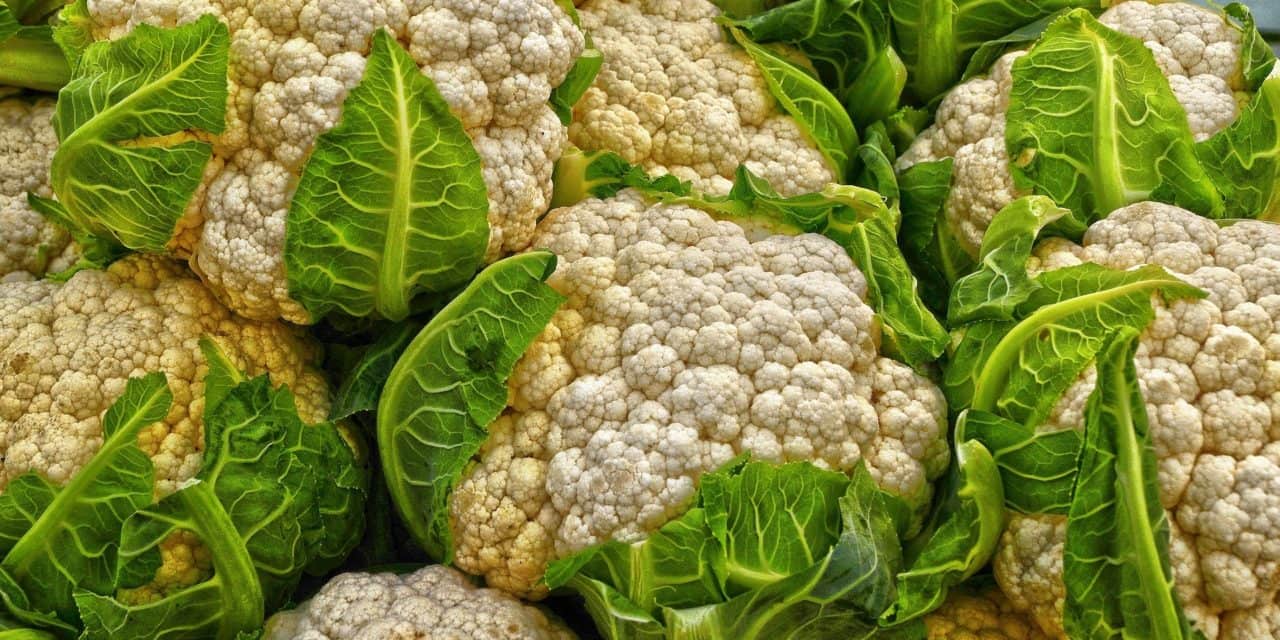
Coming from the Brassicaceae family, cauliflower is the first French vegetable in terms of export. Indeed, France accounts for 45% of European production, with 217.3 thousand tonnes produced each year.
While cauliflower is a vegetable we have been familiar with for years, it has many assets that are still unknown both for our nutrition and for the environment.
Extensive nutritional wealth
Cauliflower is a low-calorie vegetable rich in vitamins B and C and minerals such as potassium or phosphorus. 100 g of this raw vegetable provide more than half of the recommended daily intake of vitamin C. Vitamin C helps fight fatigue and stress and strengthens the immune system, thanks in particular to its antioxidant properties.
Cauliflower protects us from the effects of pollution
In addition, some studies have found a correlation between cauliflower consumption and reducing the effects of air pollution on our bodies. One of its compounds, sulforaphane, also found in other cruciferous vegetables, reduces the effects of inflammation in the blood when polluted air is breathed[1]. Thus, toxic compounds are released by the body in greater quantities when you consume cauliflower[2]. So don’t hesitate to incorporate it into your meals! For this, Less Saves The Planet gives you some tips of choice and conservation.
Choose and store your cauliflower wisely
Thanks to its different varieties, cauliflower is available all year round. However, its full season runs from September to May. When choosing your cauliflower, head for a stainless white vegetable. Prefer green leaves, not wilted. The base, on the other hand, must be well cut. Keep the cauliflower with its leaves to keep it from drying out. It only keeps for about three days in the refrigerator. If you know you won’t be able to consume it in such a short time, don’t hesitate to freeze it! After cleaning and cutting the florets, blanch them in boiling water for a few minutes. Drain and dry them well before placing them in airtight boxes in the freezer.
What about the planet?
In addition to being great for us, cauliflower production is also relatively respectful of the planet. In order to produce one kilo, an average of 285 litres of water are used. For comparison, 822 litres of water are used to produce one kilo of apples and more than 15,000 to produce one kilo of beef. Less Saves The Planet also recommends a lot of moderation in the consumption of products requiring more than 10,000 litres of water.
In addition, the production of one kilo of cauliflower emits only 0.31 kg of CO2. This is very low compared to the production of coffee which emits 17 kg per kilo produced or that of meat which can reach 30 to 40 kg of CO2 emitted. In order to limit global warming, we need to reduce our carbon footprint. To do this, it is recommended to direct consumption towards products that themselves have a low carbon footprint.
1 – Patrizia Riso, Stefano Vendrame, Cristian Del Bo’, Daniela Martini, Antonia Martinetti, Ettore Seregni, Francesco Visioli, Marina Parolini, Marisa Porrini, “Effect of 10-day broccoli consumption on inflammatory status of young healthy smokers”, International Journal of Food Sciences and Nutrition, Vol. 65 (1), Février 2014.
2 – P. A. Egner, J. G. Chen, A. T. Zarth, D. Ng, J. Wang, K. H. Kensler, L. P. Jacobson, A. Munoz, J. L. Johnson, J. D. Groopman, J. W. Fahey, P. Talalay, J. Zhu, T.-Y. Chen, G.-S. Qian, S. G. Carmella, S. S. Hecht, T. W. Kensler. « Rapid and Sustainable Detoxication of Airborne Pollutants by Broccoli Sprout Beverage: Results of a Randomized Clinical Trial in China”, Cancer Prevention Research, 2014.









